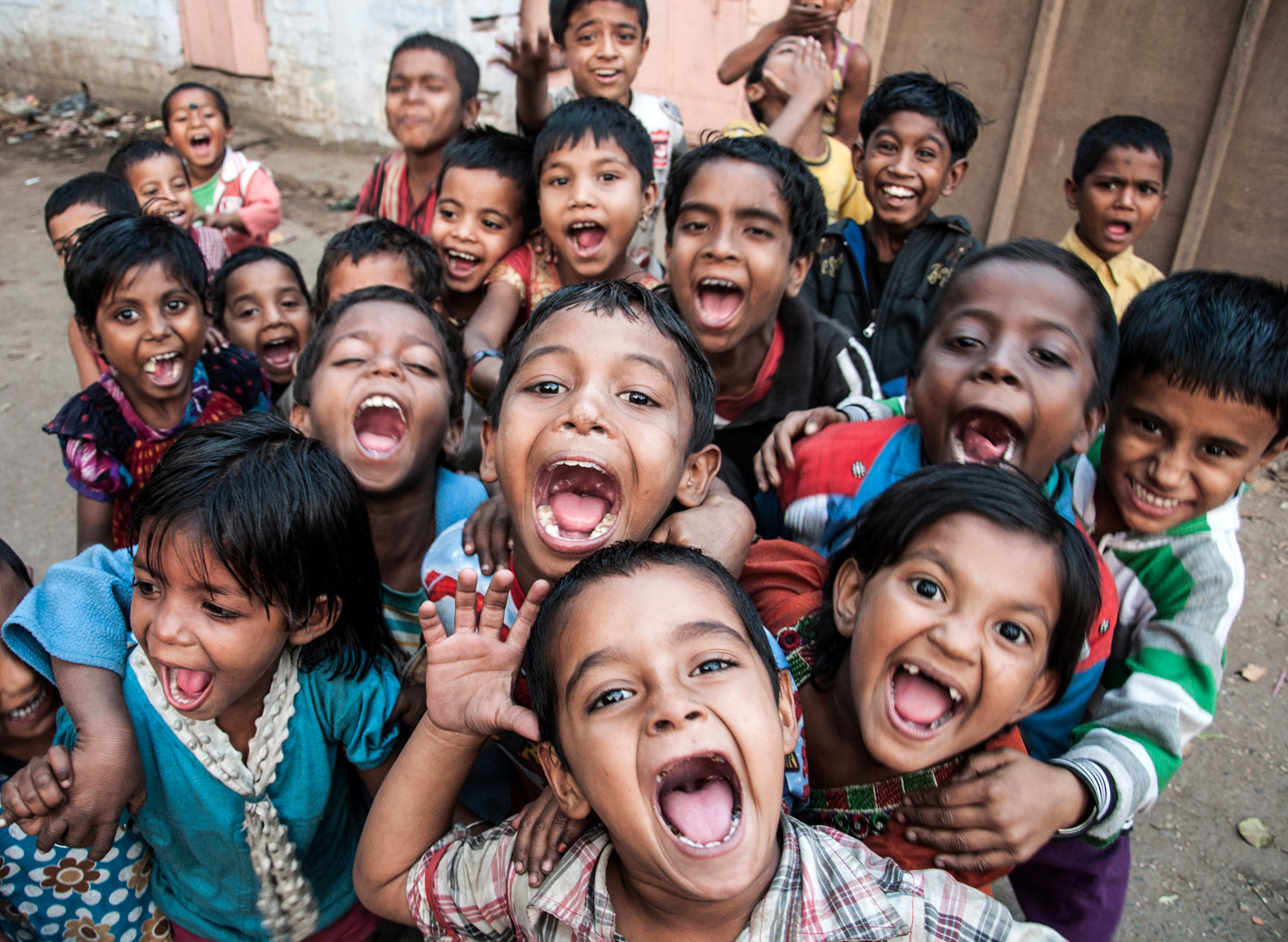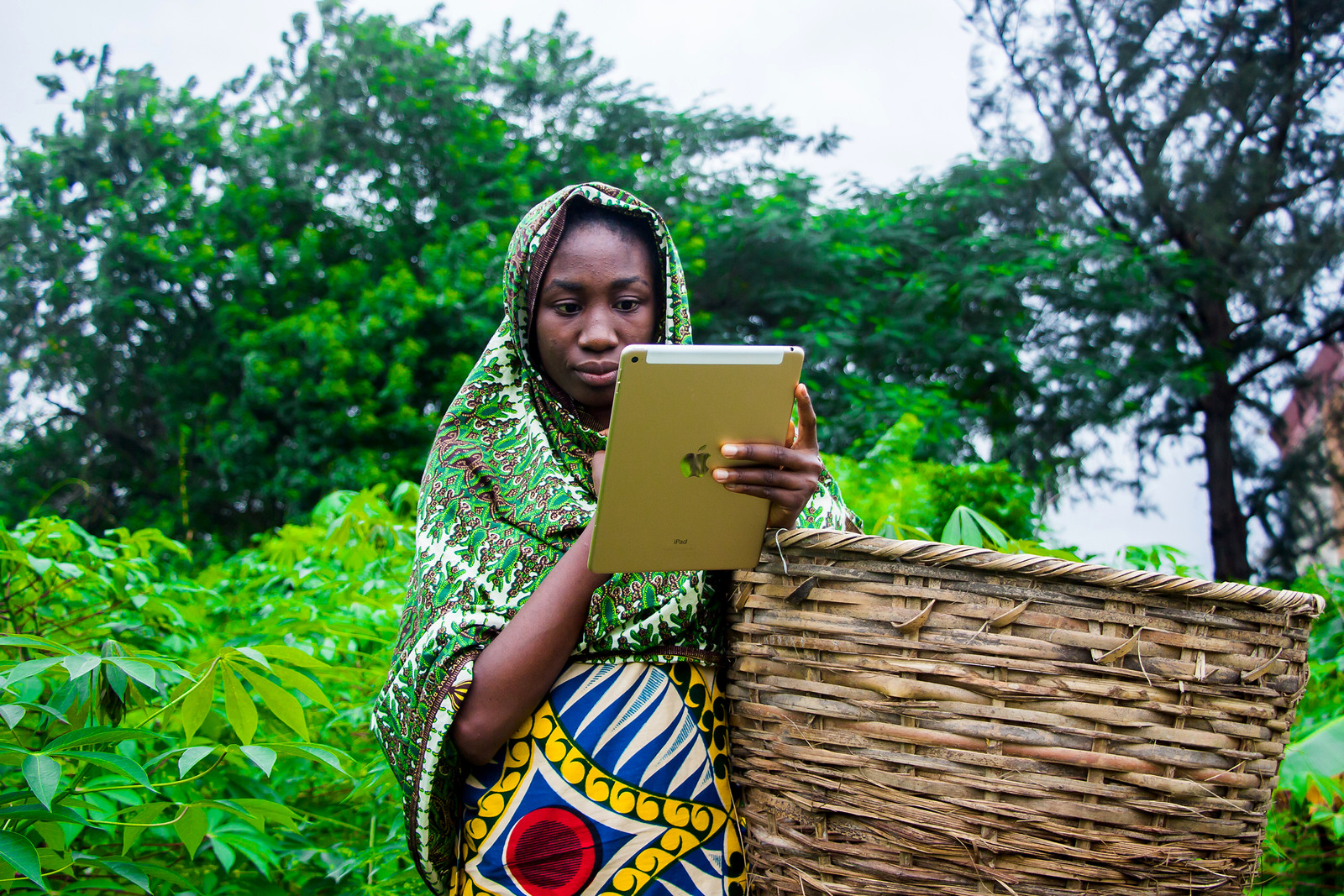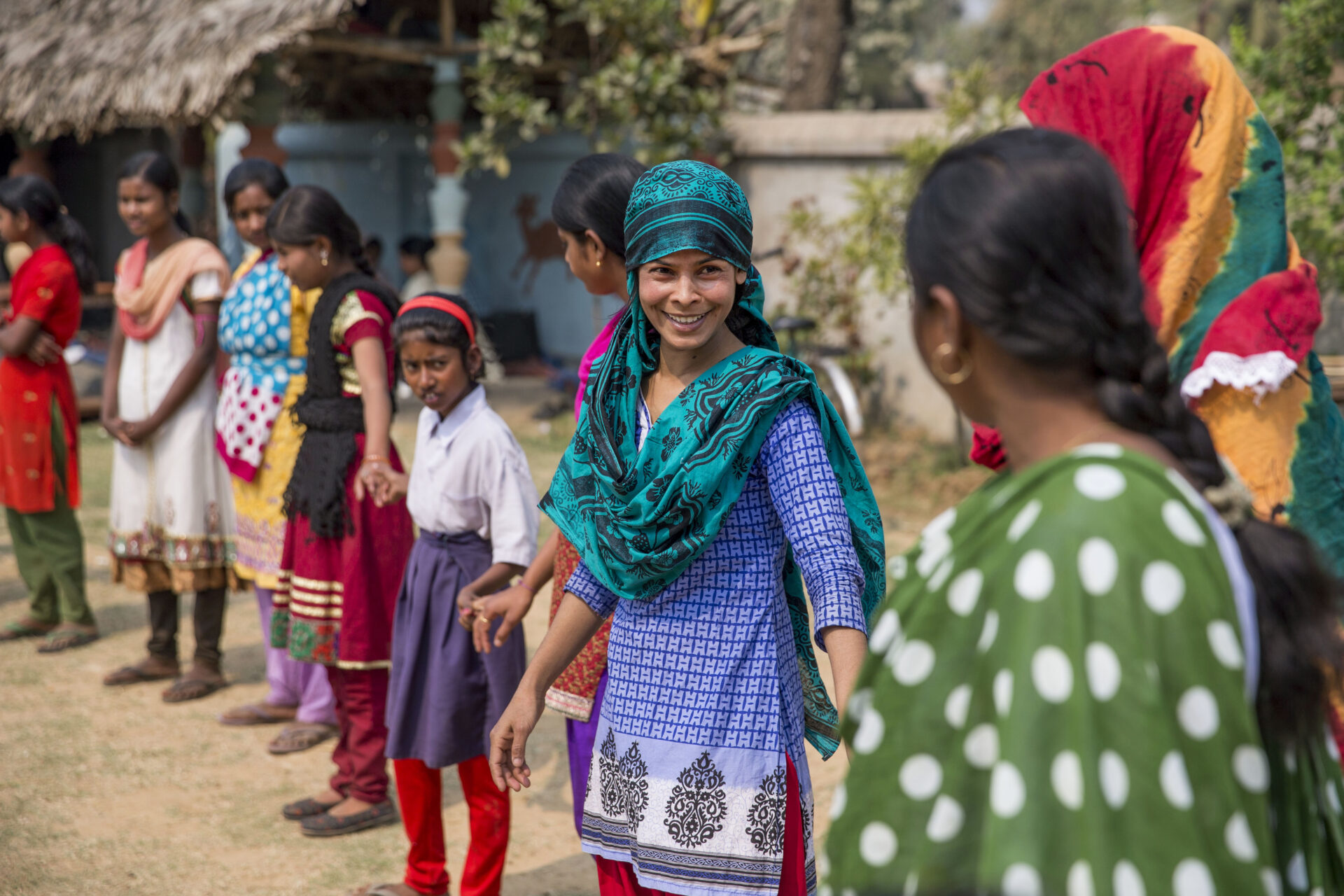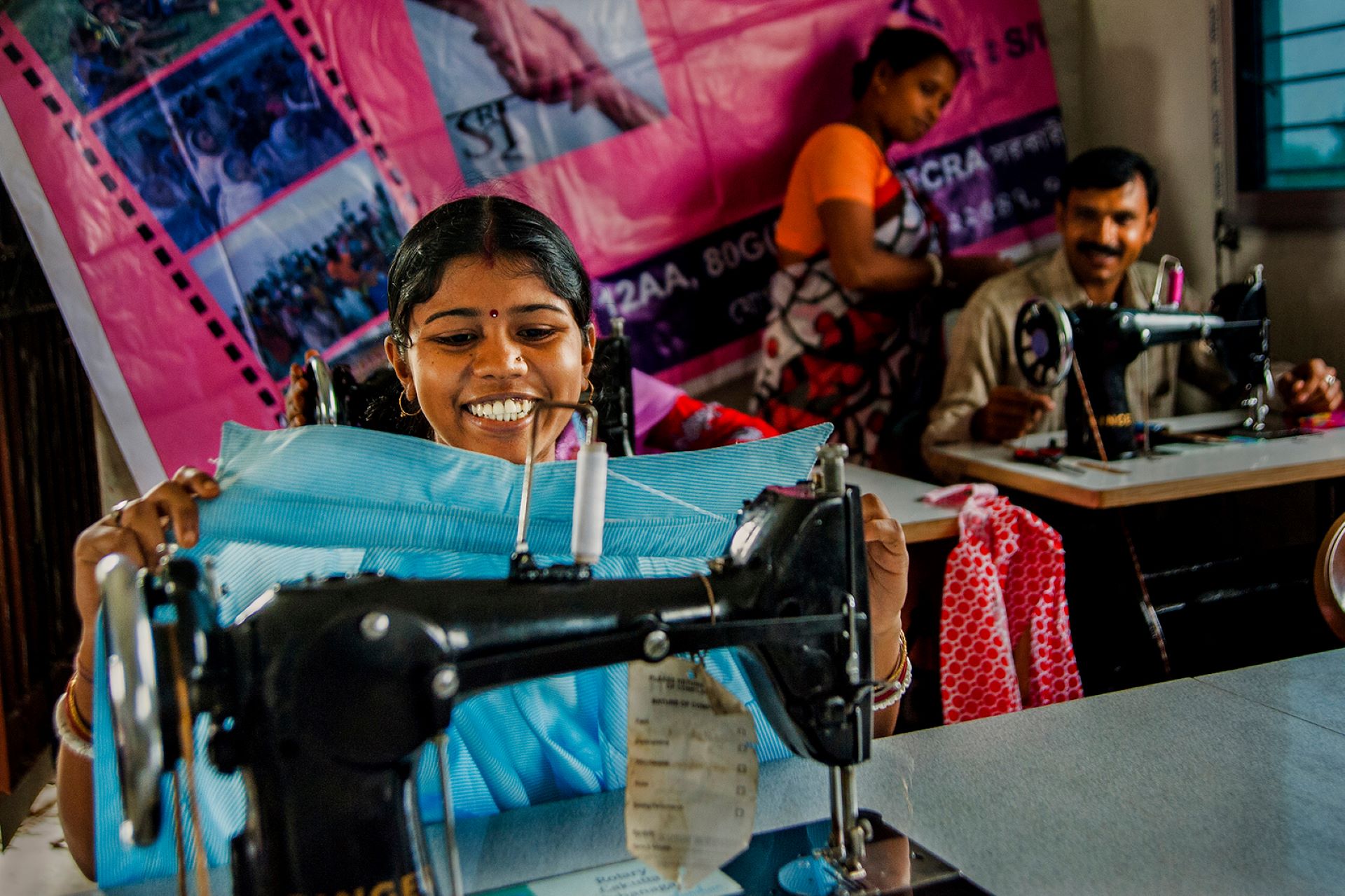
Aid Delivers 2021
Foreign Assistance in the 117th Congress
Foreign aid delivers.
Across the globe, we have made significant progress in global development. More than 1 billion people have been lifted out of extreme poverty since 1990, with major gains made in health, education, and economic development that contribute to human well-being. Despite demonstrable progress, however, development and humanitarian challenges persist. The need for strong U.S. global leadership is more critical than ever. Without America’s support, these challenges will leave lasting scars for generations to come.
Around the world, country governments, non-governmental organizations (NGOs), multilateral organizations, local civil society organizations, and donors coordinate to combat inequality; a changing climate; rising levels of global hunger and malnutrition; backsliding in democratic governance; and increasing conflict and displacement. Each presents a grave threat to decades of advancement. Exacerbating this already complex landscape, the COVID-19 pandemic could further erode, and even reverse, global gains.
The United States has a long, bipartisan history of working with and within the international system to advance evidence-based development priorities and solutions. American leadership and engagement—bilaterally and in multilateral organizations—is crucial and drives development successes and principled humanitarian support. Integral to American engagement with the world, such assistance remains a strategic, economic, and moral imperative for the United States.
Poverty-focused foreign assistance works. America’s investments have yielded tremendous dividends. In fact, 11 of America’s top 15 trading partners were once recipients of foreign aid. Programs are data-driven, cost-effective, transparent, inclusive, and accountable to the American people. At approximately 1% of the federal budget, foreign assistance can continue saving lives, protecting children, improving health, advancing gender equality, and helping families and communities be self-reliant.
Understanding the global impact of development and humanitarian action, and the critical role of U.S. foreign assistance programs, is crucial to the implementation of U.S. foreign policy priorities. These programs deliver effective results that support vulnerable people around the world. The subsequent sections illustrate the impact of U.S. foreign assistance through development and humanitarian programs; highlight the impacts of key U.S. government foreign assistance program sectors and issues; and showcase the fundamental principles that foreign assistance must follow.
We have made needed investments before, and we can do it again. As the 117th Congress convenes, we must all remain committed to restoring and expanding the U.S’s role in protecting the world’s most vulnerable.
Click to jump to a section:
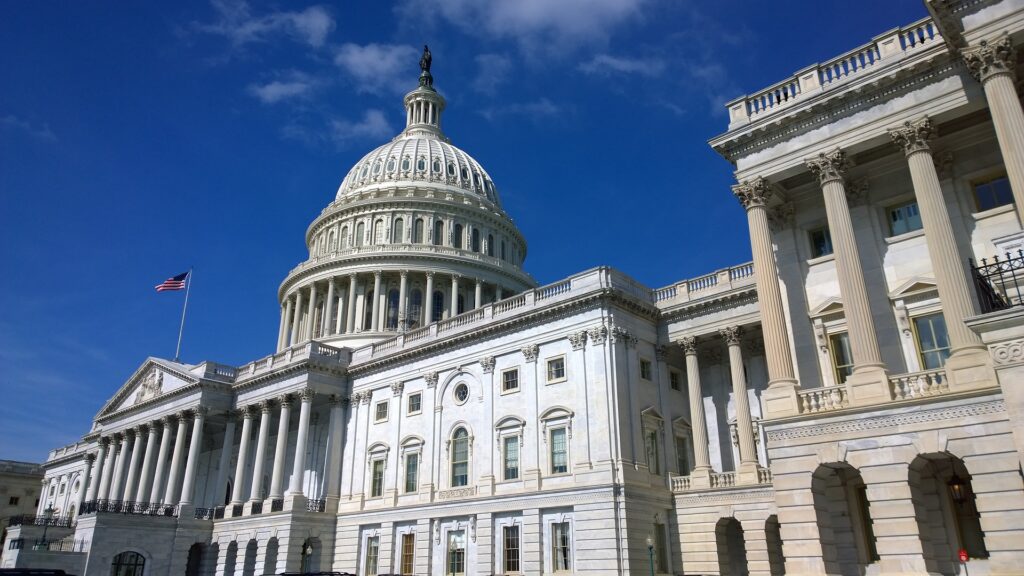
U.S. Foreign Assistance
Foreign assistance is aid given by the U.S. government to support global peace, security, and development efforts and to provide neutral and impartial humanitarian relief during times of crisis.
U.S. leadership and investments impact people worldwide, creating healthier, safer, better represented and more stable communities. U.S. foreign assistance:
- Saves lives and reaffirms the rights of individuals.
- Makes communities and our planet more resilient to shocks and stressors.
- Mitigates crises and reduces the need for emergency humanitarian action.
- Increases global prosperity and helps expand markets, supporting U.S. economic interests.
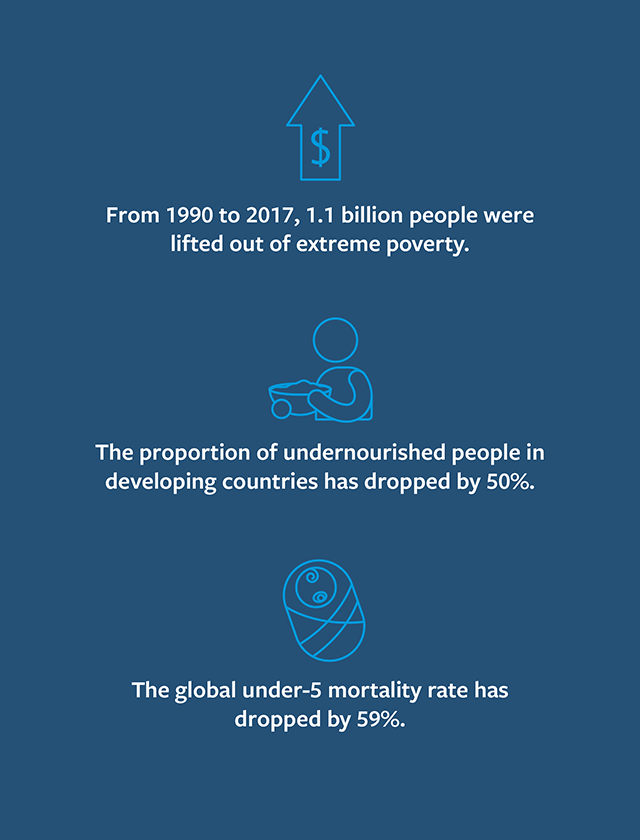
International development
International development programs help communities worldwide as they work to end poverty; support the advancement of human rights; and promote resilient, democratic societies while improving global security and prosperity.
Development Works
- From 1990 to 2017, 1.1 billion people were lifted out of extreme poverty. In 1990, about 35% of the global population lived in poverty. By 2013, that percentage had decreased to 10.7%.
- The proportion of undernourished people in developing countries has dropped by 50%. From 1990 to 2016, the proportion of undernourished people in developing countries dropped 50%, from 23.3% to 12.9%.
- The global under-5 mortality rate has dropped by 59%. The global under-5 mortality rate has dropped from 93 deaths per 1,000 live births in 1990 to 38 in 2019, a 59% decrease.
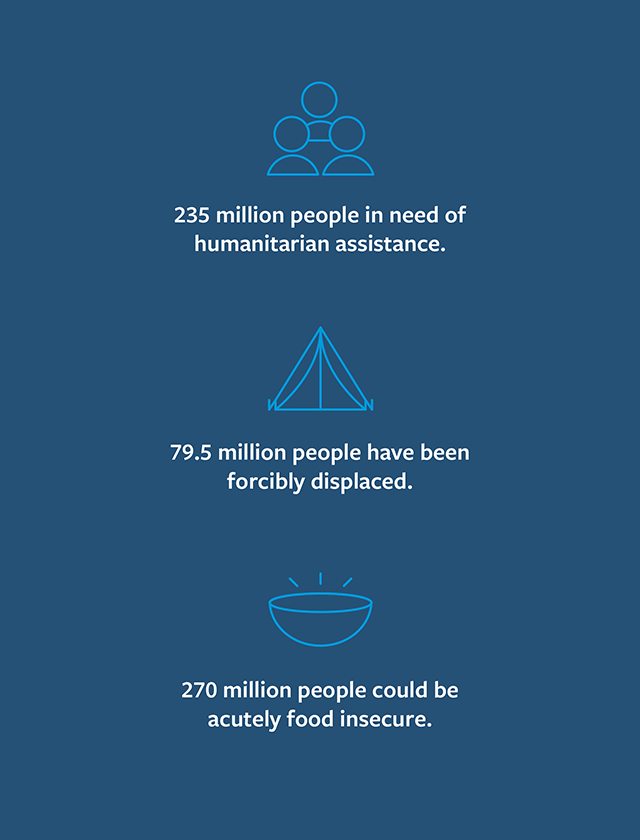
Humanitarian Action
Humanitarian responses assist people affected by disasters due to natural hazards, armed conflict, or other human-made causes.
The humanitarian imperative guides humanitarian NGOs to save lives and reduce human suffering wherever it happens. They operate in accordance with the humanitarian principles of humanity, neutrality, impartiality, and independence, which safeguard the integrity of their purpose to save lives, while furthering the safety and security of aid workers and affected populations.
Global Crises
- 235 million people in need of humanitarian assistance.
- 79.5 million people have been forcibly displaced.
- 270 million people could be acutely food insecure.
How the COVID-19 pandemic is Impacting U.S. Foreign Assistance
The COVID-19 pandemic is beginning to reverse decades of development and humanitarian progress.
The pandemic’s rapid spread—and resulting movement restrictions, economic downturns, and social and administrative impediments—has disrupted all aspects of development progress and humanitarian response. The World Bank projects the deepest global recession in decades. Without a sustained global approach to combat the virus and its many secondary impacts, the pandemic will continue to erode years of progress.

In 2020 alone, COVID-19 was responsible for 71 to 100 million additional people falling into extreme poverty. The number of people facing acute food insecurity have more than doubled in 2020 to an estimated 271.8 million people, and nearly 10 million children are now expected to never return to school. While handwashing has proven to be one of the best lines of defense against COVID-19, 3 billion people are unable to wash their hands in their homes, and COVID-19 presents new threats to water security around the world.
Child malnutrition, protection risks, and death are already on the rise. Due to COVID-19 measures, approximately 80 million children under the age of one in at least 68 countries may miss out on receiving lifesaving vaccines for other diseases. An estimated 91% of children had their education disrupted, and millions of the most marginalized may never return.
COVID-19 is anticipated to lead to 31 million additional cases of gender-based violence in 2020 and result in 13 million child marriages. Further, the pandemic has revealed and exacerbated deep inequalities within societies, leaving those who were already marginalized, including women, girls, LGBTQI+ individuals, sex workers, and refugees, to bear some of the worst effects of this crisis, especially in countries with authoritarian leaders using COVID-19 to consolidate power and crack down on human rights.
The ramifications of COVID-19 will be felt for years, if not decades, and may alter the operational modalities and priorities for humanitarian and development assistance programs.
Impact of U.S. Development and Humanitarian Assistance
U.S. development and humanitarian assistance programs operate across dozens of sectors and issues. Below, you will find a brief description of key areas where they work.
Children and youth account for a significant percentage of the population in many countries around the world. As a country’s greatest resource, young people play an important role in driving forward social change movements and solutions to complex development challenges. U.S. government investments in children and youth are essential to helping the world’s youngest citizens reach their full potential.
Foreign assistance programs ensure girls, children, and adolescents have their rights upheld and their growth and development from the early years to adulthood prioritized. Equitable opportunities for quality healthcare, nutrition, mental health support, protection, education, and skills development programs are all key drivers of inclusive economic growth and strong democracies. When young people are healthy and empowered to lead meaningful and successful lives, communities and countries prosper.
Since 2012, the U.S. Agency for International Development (USAID) has:
- Reached 15.5 million newborns with care after delivery.
- Reached 27.2 million children with nutrition programs.
- Provided 92.8 million treatments for children with diarrhea and pneumonia.
Around the world, people are experiencing both the subtle and stark effects of climate change. Gradually shifting weather patterns, rising sea levels, and more extreme weather events are all clear and devastating evidence of a rapidly changing climate. Climate change threatens our ability to ensure global food security, eradicate poverty, and achieve sustainable development.
U.S. efforts to support other countries’ natural resource management, as well as the prevention of and adaptation to climate change, are critical to ensuring adequate food and access to a safe water supply, sustainable economic growth, and good governance worldwide. These investments promote resilience to environmental shocks and stressors and enhance local and national economies’ capacity to develop foreign markets for American goods, contributing to U.S. economic objectives.
- From 2014-2018, USAID provided over $1.2 billion in direct and indirect climate adaptation assistance programs. All projects developed after October 2015 must undergo a climate risk management assessment.
Today’s violent conflicts are much more complex and protracted than ever before—traditional development assistance and diplomacy have not kept pace. In addition to the human toll, the economic costs of violent conflict are staggering. In 2018, the global economic impact of violence was estimated at $14.1 trillion, equivalent to 11.2% of global GDP. Recognizing the scale of the challenge, Congress passed the bipartisan Global Fragility Act in 2019, requiring the first comprehensive U.S. government strategy to tackle and prevent alarming levels of global conflict through integrated solutions.
U.S. assistance works to prevent violent conflict, mitigate its impacts, and facilitate peaceful resolution, including through supporting women’s participation in peace processes and conflict resolution, good governance, rule of law, mediation, conflict management practices, and programs to prevent violent extremism.
- USAID has supported roughly 330 peacebuilding projects across 42 countries, awarding more than $230 million in grants for “people-to-people” reconciliation programs.
Democratic governance and human rights are critical components of sustainable development and lasting peace. Unfortunately, research shows that democracies are backsliding and facing substantial decreases in freedoms. U.S. investments in democracy, rights, and governance (DRG) expand space for vibrant civil societies and independent media; strengthen political and government institutions to be responsive to citizens’ needs; promote transparency and accountability; strengthen the rule of law; foster equitable economic growth; promote tolerance and inclusiveness; protect human and labor rights; and support credible elections.
As countries continue to confront COVID-19, transparent governance, checks against corruption, independent media, open civic space, and citizens’ right to associate and assemble freely will be key to preserving economic, social, and democratic stability during the pandemic.
- Countries undergoing the process of democratization experience a 20% increase in GDP over a 25-year period.
Education is a force-multiplier for international development—critical for economic growth and security at the individual, community, and national levels. In a crisis, education is lifesaving, providing children and youth with safe places to learn, play, build life skills, and avoid child labor and child marriage. Education also helps lift children out of poverty and creates economic opportunity. Yet, as of 2018, 258 million children and youth are still not in school, and millions more are failing to acquire basic skills.
U.S. international basic education programs provide opportunities for children by focusing on increasing equitable access to quality education, advancing learning outcomes, improving early grade reading, and providing young people with relevant skills for future employment.
- In F.Y. 2019, U.S.-supported basic education programs reached over 34.7 million learners in 53 countries, including more than 14.5 million children and youth living in countries affected by conflict or crises.
Economic development involves strengthening policies, markets, and communication across the globe. It creates the opportunities impoverished households need to raise their living standards. When vulnerable people become financially stable, their children go to school more, they can save for unexpected costs, and their countries are better able to provide basic goods and services.
U.S. economic growth programs help build new markets by expanding trade and supporting the emergence of middle-class consumers that can buy U.S. goods and services. Investments stem from the belief that stable economies are less vulnerable to crises, terrorist activities, and international crime.
- From 2006 to 2018, USAID mobilized up to $2.3 billion in private financing for more than 100,000 entrepreneurs around the world through the Development Credit Authority that has now transitioned to the U.S. International Development Finance Corporation.
While we have made progress toward eliminating global hunger, there is still great need around the world for food security assistance. After nearly a decade of decline, global hunger levels have been on the rise since 2015 due to persistent challenges of conflict and climate change. The COVID-19 pandemic is further worsening the situation. The number of people facing acute food insecurity has more than doubled.
Strategic U.S. investments in food security, agricultural research and development, and nutrition are effective ways to build resilience and reduce vulnerability to food shocks and stresses while addressing chronic poverty and hunger. U.S. global food security programs provide safety nets for the most food-insecure populations, improve nutrition globally, and equip people with the knowledge and tools to feed themselves.
- In F.Y. 2019, Feed the Future reached nearly 7.5 million people and Food for Peace reached tens of millions of people in 55 countries.
In the past four years, the number of forcibly displaced persons globally—including refugees and internally displaced persons (IDPs)—has increased nearly 15 million to a historic high of almost 80 million. These displacements have also become more protracted in duration, as they are increasingly driven by human-made—not natural—causes. While the U.S. has historically played a leadership role in refugee issues, convening the 2016 Leaders’ Summit on Refugees and resettling a high number of third-country refugees, our admission numbers have been slashed in the past four years as frontline countries and host communities work to meet refugees’ and IDPs’ needs using limited resources.
The U.N. Secretary-General’s High-Level Panel on Internal Displacement is working to better address the needs of forcibly displaced persons who have not crossed international borders. The U.S. should take every opportunity to support this work.
- In F.Y. 2019, the U.S. Department of State’s Bureau for Population, Refugees, and Migration contributed nearly $3 billion in overseas assistance to refugees and other displaced populations.
Gender equality is a human right and a foundation for significant global progress. Yet, inequality and related challenges remain prevalent across the world and continue to block global sustainable development. Advancing gender equality is a core development objective of U.S. foreign assistance—gender inequality, discrimination, and violence cut across all thematic areas and development sectors.
Effective gender equality strategies prioritize human rights; address social and cultural norms and institutions; engage all of society; and include legislation and policies that promote gender equality and nondiscrimination. This equitable, intersectional, and inclusive approach to overcome gender inequality cuts across all U.S. government policies and programming and depends on engaging all individuals, including people of diverse sexual orientations and gender identities; families; and communities to create true and lasting change.
- The U.S. government’s Women’s Global Development and Prosperity (W-GDP) program reached 12 million women in its first year (2019-20), 9 million of whom were the direct beneficiaries of USAID programming and partnerships.
U.S. global health investments slow the spread of infectious diseases, address health emergencies, prevent malnutrition, and support initiatives such as the President’s Malaria Initiative (PMI) and the President’s Emergency Plan for AIDS Relief (PEPFAR). In addition, investments in maternal and child health; nutrition; family planning; and water, sanitation, and hygiene (WASH) have halved preventable child deaths and reduced maternal mortality.
U.S. investments not only save lives but also contribute to improving the economic growth and stability of partner nations.
- Over the past 17 years, the U.S. President’s Emergency Plan for AIDS Relief (PEPFAR) has saved over 18 million lives through accountable, transparent, and cost-effective investments.
The United States is the largest single donor to respond to humanitarian crises in the world. Most of this funding is programmed through USAID’s Bureau for Humanitarian Assistance (BHA) and the State Department’s Bureau for Population, Refugees, and Migration (PRM). It is targeted to provide lifesaving interventions for people impacted by natural hazards and displaced by human-made crises.
The past 20 years have seen exploding humanitarian needs, with a total of 235 million people in need identified globally. These crises and conditions are increasingly exacerbated by climate shocks. Conflicts and other protracted, human-made crises have multiplied, requiring multifaceted humanitarian responses in every region of the world.
- In F.Y. 2019, USAID responded to 66 disasters in 57 countries, providing more than $6 billion in humanitarian assistance.
Alongside addressing the assistance needs of affected people, central to the purpose of humanitarian action is reducing the risk of violence and abuse that vulnerable people are exposed to in humanitarian crises. USAID and the Department of State have long championed prioritizing the prevention of gender-based violence (GBV) and assistance for survivors of GBV.
Congress and the Department of Defense are proactively working to develop stronger safeguards against civilian harm in U.S. military operations as well as those of U.S. security partners. While progress has been significant, the scope and scale of violence and abuse in humanitarian crises necessitate a renewed focus on existing initiatives and expanded efforts to sustain meaningful change.
- USAID works to prevent and respond to gender-based violence in more than 40 countries worldwide. Since 2012, USAID has reached more than 5 million survivors of gender-based violence with potentially lifesaving services.
Safe water, sanitation, and hygiene (WASH) are essential for global health, economic development, gender equality, food security, and conflict prevention. While significant progress has been made, one in three, or 2.1 billion people, still live without access to safe drinking water, 2 billion people do not have a toilet, and 3 billion people cannot wash their hands inside their homes.
WASH is critical to the prevention of, response to, and recovery from the COVID-19 pandemic. Yet, 31% of schools lack access to clean water and 45% of health care facilities do not have basic water services. U.S. government investments provide greater access to safe water and sanitation, reduce water-related disease, decrease food insecurity, and reduce the likelihood of transboundary conflict—saving and improving the lives of millions.
- From F.Y. 2008-2019, 53.7 million people gained access to sustainable drinking water and 38 million people gained access to a sustainable sanitation service as a result of USAID water and sanitation programming.
Fundamentals for U.S. Development and Humanitarian Assistance
Poverty-focused development and humanitarian assistance is integral to American engagement in the world and remains a strategic, economic, and moral imperative for the U.S. Yet, our current assistance delivery system compromises what development and humanitarian assistance should be. U.S. global development and humanitarian assistance leadership should adhere to the following fundamentals:
- Assistance must be human-centered and effective in accomplishing its long-term goal of ending poverty, hunger, disease, injustice, corruption, and conflict. It should not be instrumentalized or used to leverage short-term political, foreign policy, or military objectives.
- The goal of foreign assistance is to build sustainability and capacity for the eventual transition away from assistance, paving the way for other forms of partnership and international cooperation.
- Foreign assistance should be transparent, data-driven, accountable, and outcome-oriented. It should be evidence-based, cultivate learning, and use best practices.
- Foreign assistance should support locally-led development and humanitarian response to better address community needs and achieve impactful and effective results.
- As an investment in U.S. global leadership, foreign assistance funding should be robust, dependable, and timely. Funding levels should be commensurate with global needs, based on locally determined priorities, and reactive to changes on the ground. Once the U.S. commits assistance, it should be delivered.
Foreign assistance programs not aligned with these fundamental principles threaten sustainability of programming and risk further backsliding on the key development and humanitarian assistance objectives previously outlined. For more information on these fundamentals, see the InterAction community’s recommendations, “Fundamentals for U.S. Development and Humanitarian Assistance.”
